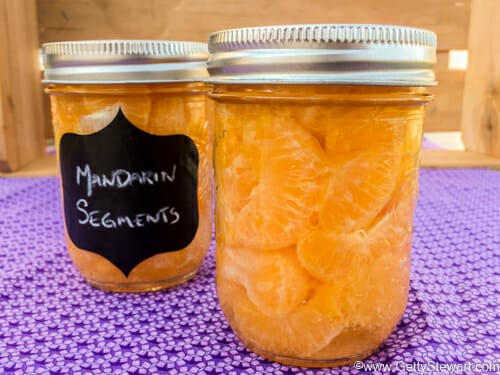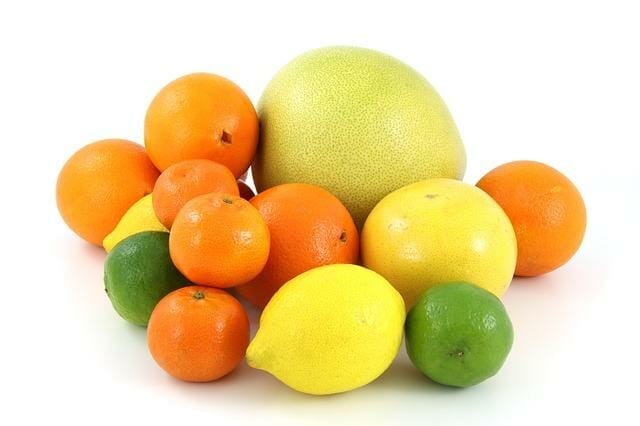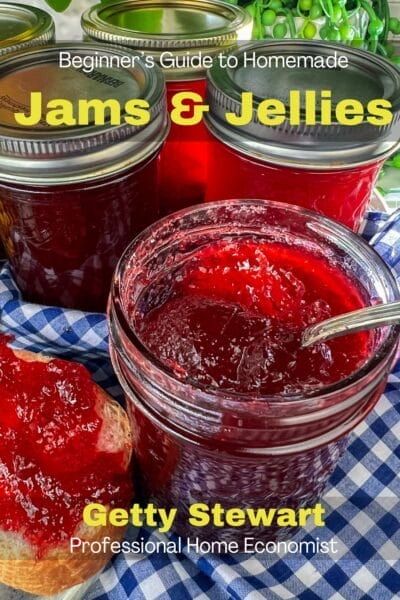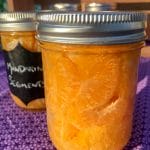Canned Mandarin Oranges – Small Batch Canning
Here’s how to make a small homemade batch of canned mandarin oranges. Amazing flavour, way better than their grocery store cousins.

More recipes: Cranberry Mandarin Jam, Blood Orange Tangerine Salad, Orange & Wheat Salad with Maple Vinaigrette.
The kids love these canned mandarin oranges for lunches and snacks. In fact, three of the five jars I made in this batch were gone before I had a chance to take a photo!
Making canned mandarin oranges is easy, but time consuming. It’s a great idea when you have a box of mandarins that just aren’t getting eaten or you happen to have mandarins growing in your backyard (insert wishful sigh!). Scraping off the pith, the white stringy bits, is the most time consuming and finicky part of the whole process. But it’s a step you can’t skip, because those white bits add a bitter flavor to canned oranges. I have limited patience for this process, which is why I end up making small batches of canned mandarins. For a more visual description of preparing the oranges check out the photos in the Mandarin Orange Jam post.

Recipe for Canned Mandarin Oranges
Canned Mandarin Oranges
Ingredients
- 3 lbs mandarin oranges 18-20
- 4 cups water
- 1 cup sugar
Instructions
- Peel mandarins and remove as much of the white pith as possible from the outside and center of the oranges. Split into segments and remove any seeds that may be lurking in those “seedless” oranges.
- Set aside oranges to prepare jars and simple syrup.
- In small pot, bring water and sugar to boil to dissolve sugar and create a simple syrup.
- Wash and heat jars and sealing lids (no need to sterilize).
- Tightly pack as many orange segments as possible into each hot jar.
- Pour syrup over oranges leaving a 1/2 inch (1.2 cm) headspace.
- Remove air bubbles by running a knife along the inside edges of the jars. Add more syrup as needed to keep headspace.
- Wipe rim with a clean cloth and seal with hot sealing lid.
- Screw band on top and tighten finger tight.
- Place jars in canner or large pot filled with hot water. Ensure jars are covered with 1 inch of water . Bring to boil, then continue boiling for 10 minutes.
- Turn off heat and allow jars to rest in canner for 5 minutes, then remove and cool undisturbed for 12 hours.
- These jars will last on a shelf for one year.
- Makes: 4-5 half pint (250 mL) jars
Notes

Can I Can Other Citrus Fruit?
Yes, you can. Because citrus is a high acid fruit, it is safe to can any variety of oranges, grapefruit, limes and lemons using this raw pack method. Simply follow the same procedure.
Can I Use More or Less Sugar?
Yes, you can. The sugar in this canning process does not make the end product safe or prevent spoilage. The safety of canned citrus comes from the fact that they are high acid and are sealed properly with a hot water bath. The role of sugar in canned fruit is to attain the best flavor, color and shape of fruit for as long as possible. The less sugar you use in the simple syrup, the more likely you will see color changes in your fruit. Usually after 4-6 months you will see citrus fruit becoming less bright. You may also notice that the citrus segments fall apart more easily when very little sugar is used.
Some common ratios used in canning fruit are as follows:
- Very Light Simple Syrup – 4 cups water with 1/2 cup sugar
- Light Simple Syrup – 4 cups water, 1 cup sugar
- Medium – 4 cups water, 1 1/2 cup sugar
- Heavy – 4 cups water, 2 cups sugar
Note: These quantities will make 4 to 5 cups of syrup, enough for 4 to 5 pint jars. Use half the amount if making half pints or double for larger batches.
Can I Use This Process with Other Fruits and Vegetables?
It depends on the fruit or vegetable. This raw pack canning process with a hot water bath is only safe to use with high acid fruits or vinegar preserved vegetables (pickled veggies). It is NOT safe for low acid produce (bananas, avocados, green beans, beets, etc.). If there is not enough acid, there is a chance for pathogens like Clostridium Botulinum to grow in well sealed, heat processed jars.
Hot Water Bath Information
Need more information on the hot water bath processing? Check out this Step by Step Guide on Hot Water Bath Canning.
And that’s how you make your very own homemade canned mandarin oranges!
What do you think? Is this something you’re going to try? Let me know, I’m curious to know if anyone else gets an odd sense of satisfaction out of removing all the white stuff from mandarin oranges!

Beginner’s Guide to Jams & Jellies
Want to make your own spreads but don’t know where to start?
This is the perfect helper for you😊. With NO ads, and all the best tips & recipes in one convenient place!
Learn how to use pectin, how to safely water-bath and can for long-lasting shelf-stable creations, how to add new flavours and to combine your favourite fruits in homemade jams & jellies.
PLUS 14 delicious recipes you can trust
Available in ebook and paperback formats.
Select, store and serve seasonal food for everyday cooking with Getty. Getty is a food educator and Professional Home Economist, who loves sharing tips and recipes following the seasons from her Canadian kitchen. Sign up to get seasonal tips and recipes delivered to your inbox. Learn more about Getty or check out her books and pdf guides.


